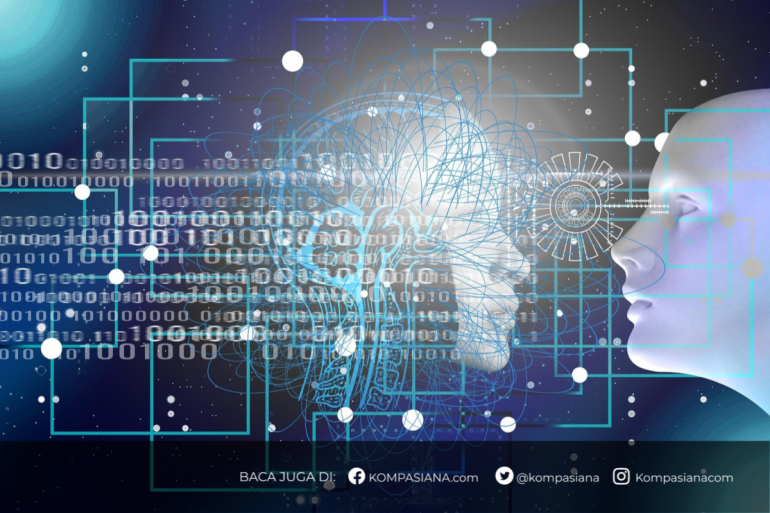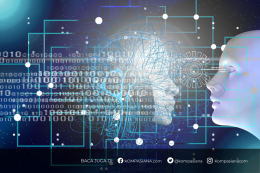In the 21st century, reality is no longer what it seems. With the rise of synthetic media, generative AI, and deepfake technologies, we've entered an era of hyper-reality---where fake images look authentic, digital personas outshine real people, and artificial intelligence crafts convincing narratives. As the boundaries between truth and illusion dissolve, we must ask: what does it mean to live in a world where anything---literally anything---can be artificially created?
One of the most disruptive aspects of synthetic realities is deepfake technology. Deepfakes use deep learning models, particularly generative adversarial networks (GANs), to create hyper-realistic videos or images of people saying or doing things they never did. The impact is serious: imagine a fake video of a world leader declaring war, or a synthetic confession in a court trial. In fact, researchers from MIT found in 2018 that false information spreads six times faster on Twitter than true stories, largely because of its shock value and shareability. While deepfakes were once confined to niche communities, today they are a major weapon in disinformation campaigns, political propaganda, and online scams.
Beyond deception, synthetic realities are also reshaping entertainment, fashion, and even human connection. Consider Lil Miquela, a virtual influencer with over 2.6 million Instagram followers. She is not a real person, but her fans interact with her as if she were. Brands have paid millions for partnerships with such avatars. This phenomenon reveals a growing comfort with digital substitutes for real humans, creating a paradox: we crave connection, yet increasingly bond with code. The emotional and psychological implications are deep---especially as these digital entities become more "human."
In media and creative industries, synthetic content is now mainstream. AI-generated film characters, voice cloning in music, and news anchors powered by AI (such as the ones introduced by China's Xinhua agency) have blurred the lines between performance and simulation. While these tools bring efficiency and creative possibility, they also raise questions: Who owns the likeness of an AI-generated actor? What happens when creativity is outsourced to machines? Are we replacing human expression---or enhancing it?
The darker side of synthetic realities lies in their weaponization. When synthetic media is used to manipulate public opinion, destroy reputations, or even incite violence, we face a threat not just to privacy, but to democracy itself. The phenomenon of "reality apathy" emerges---if everything can be faked, people begin to disbelieve everything, even what's true. This cognitive fatigue is dangerous, opening society to further exploitation and control by those who can afford to create the most persuasive illusion.
To confront this new digital reality, a multi-pronged approach is needed. On a technical level, we need robust AI detection tools---such as Sensity AI or Deepware---that can verify whether content is synthetic. Blockchain could be used to track and authenticate digital assets, providing a verifiable chain of custody for videos and images. Just as importantly, digital literacy education must be prioritized. People need to understand how easily truth can be fabricated. Governments and tech platforms also need to adopt clear ethical standards to prevent misuse of generative technologies.
Synthetic realities are a mirror---one that reflects both our technological power and our social vulnerabilities. We can use AI and synthetic media to inspire, educate, and connect---but without ethical foundations, we risk creating a world where perception is permanently distorted. As we step deeper into this artificial era, we must remember: with great synthetic power comes great responsibility.
Follow Instagram @kompasianacom juga Tiktok @kompasiana biar nggak ketinggalan event seru komunitas dan tips dapat cuan dari Kompasiana. Baca juga cerita inspiratif langsung dari smartphone kamu dengan bergabung di WhatsApp Channel Kompasiana di SINI







